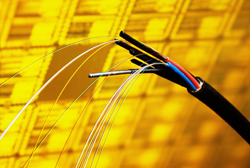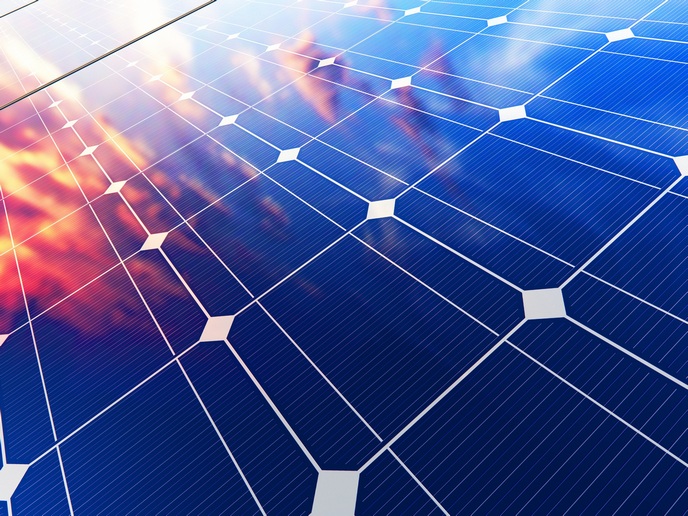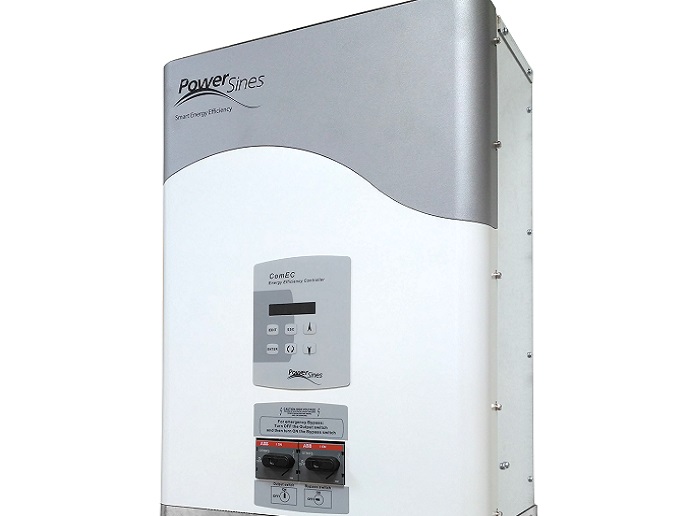Next generation fibre optic cables
Diffraction gratings are like prisms. They separate light into its different components (different wavelengths and frequencies). Technically, a diffraction grating can be a mirror with grooves separated by very small distances or an assembly of very narrow slits (like a sewer grate) approximately equal to the wavelengths of interest. The grating period is thus related to the wavelengths of light that are transmitted or reflected. Photonic bandgap fibres (PBFs), a type of hollow-core photonic crystal fibre, are optical fibres whose coating (cladding) consists of a two-dimensional periodic array of air holes in which guidance of the light or photons is partially or totally dependent on photonic bandgaps. The term bandgap refers to frequencies of the electromagnetic spectrum that are blocked. Thus, PBFs are optical fibres in which a bandgap effect rather than a core region is used for guiding light. Hollow-core PBF technology has advanced tremendously such that it can now transmit light on the length-scale of kilometres. European scientists sought to inscribe novel gratings or adaptations to the periodic air holes along the fibre axis to develop innovative communication and sensing devices with EU funding of the Grating project. The consortium successfully developed a novel long-period (low-frequency) fibre grating writing system based on a carbon dioxide (CO2) laser, producing quality written gratings comparable to current state of the art. Investigators also developed a versatile writing system based on use of a femtosecond laser capable of producing very short duration pulses and thus very high precision etchings. Continued research will focus on enhancing the photosensitivity of the inner core walls and on minimising light scattering with an improved laser writing technique.







